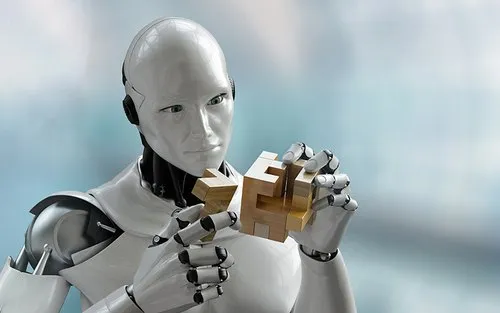Sure, here are 10 problems to look out for with humanoid robots:
- Safety. Humanoid robots are still in their early stages of development, and they are not yet as safe as humans. They can malfunction, and they may not be able to detect and avoid hazards. This could lead to accidents, injuries, or even death.
- Ethics. The development of humanoid robots raises a number of ethical concerns. For example, should robots be used to perform tasks that are currently done by humans, such as caring for the elderly or working in factories? What are the limits of robot autonomy? How should we ensure that robots are not used for harmful purposes?
- Cost. Humanoid robots are still very expensive to develop and manufacture. This means that they are only accessible to a small number of businesses and organizations. As the technology matures, the cost of humanoid robots is likely to decrease, but they will likely remain out of reach for most individuals.
- Acceptance. Some people may be uncomfortable interacting with humanoid robots. They may see them as a threat to their jobs, their way of life, or even their humanity. This could make it difficult to deploy humanoid robots in some settings.
- Privacy. Humanoid robots that are equipped with sensors and cameras could collect a lot of data about the people they interact with. This data could be used to track people’s movements, monitor their health, or even spy on them. This raises concerns about privacy and data protection.
- Social impact. The widespread adoption of humanoid robots could have a significant impact on society. For example, they could lead to job losses, changes in the way we interact with each other, and even new forms of discrimination. It is important to consider these potential impacts before we deploy humanoid robots on a large scale.
- Laws and regulations. The development and use of humanoid robots will need to be governed by laws and regulations. These laws and regulations will need to address issues such as safety, ethics, privacy, and social impact. It is important to start developing these laws and regulations now, so that we can be prepared for the future of humanoid robots.
- Technology limitations. There are a number of technological limitations that need to be overcome before humanoid robots can become truly widespread. These limitations include the need for more powerful and energy-efficient motors, better sensors, and more sophisticated artificial intelligence.
- Public perception. The public perception of humanoid robots is still evolving. Some people see them as a symbol of progress, while others see them as a threat. It is important to understand and address public concerns about humanoid robots in order to ensure their successful adoption.
- The unknown. There are many unknowns about the future of humanoid robots. We do not know how they will be used, or what their impact on society will be. It is important to be open to the possibilities, but also to be aware of the potential risks.
These are just some of the problems to look out for with humanoid robots. As technology continues to develop, we will need to address these problems in order to ensure that humanoid robots are used safely, ethically, and responsibly.
In addition to the problems listed above, there are a number of other challenges that need to be addressed before humanoid robots can become truly widespread. These challenges include:
- The need for better artificial intelligence (AI) that can enable robots to learn and adapt to new situations.
- The need for more affordable and accessible robots.
- The need to develop safety standards for humanoid robots.
- The need to address public concerns about humanoid robots.
Despite these challenges, the potential benefits of humanoid robots are significant. Humanoid robots could be used to perform a variety of tasks, such as caring for the elderly, working in factories, and providing companionship. They could also be used to explore space, conduct scientific research, and even help us to understand ourselves better.
The future of humanoid robots is uncertain, but the potential benefits are great. As the technology continues to develop, we will need to address the challenges that lie ahead in order to ensure that humanoid robots are used safely, ethically, and responsibly.thumb_upthumb_downuploadGoogle itmore_vert

